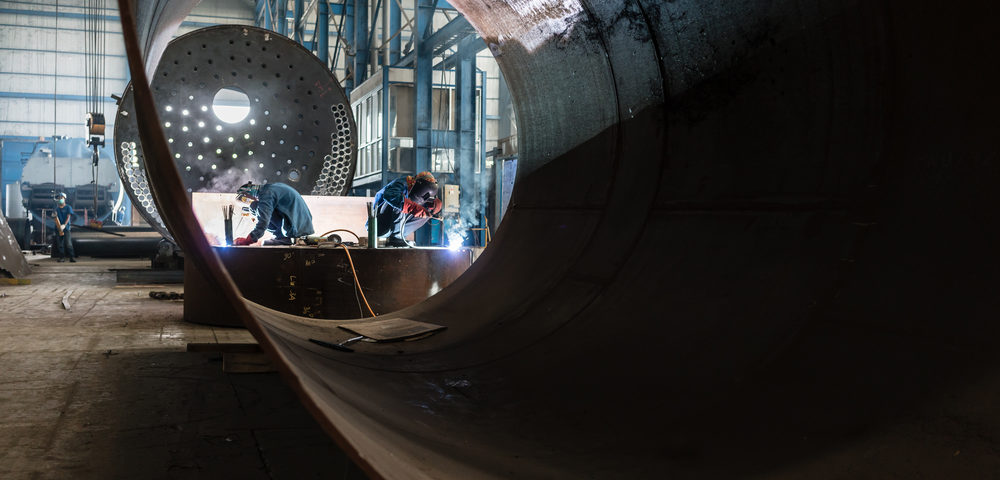During metalworking and equipment fabrication, various heat treatment techniques can be used to alter the physical and mechanical properties of materials. Oftentimes, these techniques are used in combination to achieve desired metal characteristics.
In this short blog, we discuss four of the most common heat treatment methods during equipment fabrication and material processing:
Hardening – As its name indicates, hardening is performed to improve the hardness of a metal, resulting in a tougher and more durable product. The metal is heated above its critical transformation temperature and then it is cooled quickly via quenching. Hardening is often followed by tempering of the metal to alleviate internal stresses. In case hardening of steels, carbon is introduced to harden the outer layer of material, leaving a soft and ductile core, which improves wear resistance.
Annealing – During annealing, metals are heated to a specified temperature and held there for a prolonged period of time. They then undergo cooling, which can be fast or slow, depending on the type of material and desired characteristics. This process refines the grain structure of the material, making it easier to work with. With metals that cannot undergo heat treatment, annealing helps to reduce the hardness caused by cold working.
Quenching – Quenching involves cooling a metal at a rapid rate. Its impact on metal properties varies from alloy to alloy. Ferrous alloys, for instance, will harden when quenched, whereas non-ferrous alloys will tend to become softer. Cooling can be conducted using a gas such as air or nitrogen. Most often, however, liquids like water or oil are used. Due to the rapid rate of cooling, quenching builds up stresses in the material which must be relieved by tempering.
Tempering – As mentioned previously, tempering is a procedure that alleviates the stresses built up in the material during other heat treatment processes. Metals are reheated at a low temperature to attain a desired combination of strength, hardness and durability. Tempering time and temperature are controlled to produce the desired material properties. Steels are always tempered after quenching in order to relieve stresses and reduce the brittleness from hardening.
